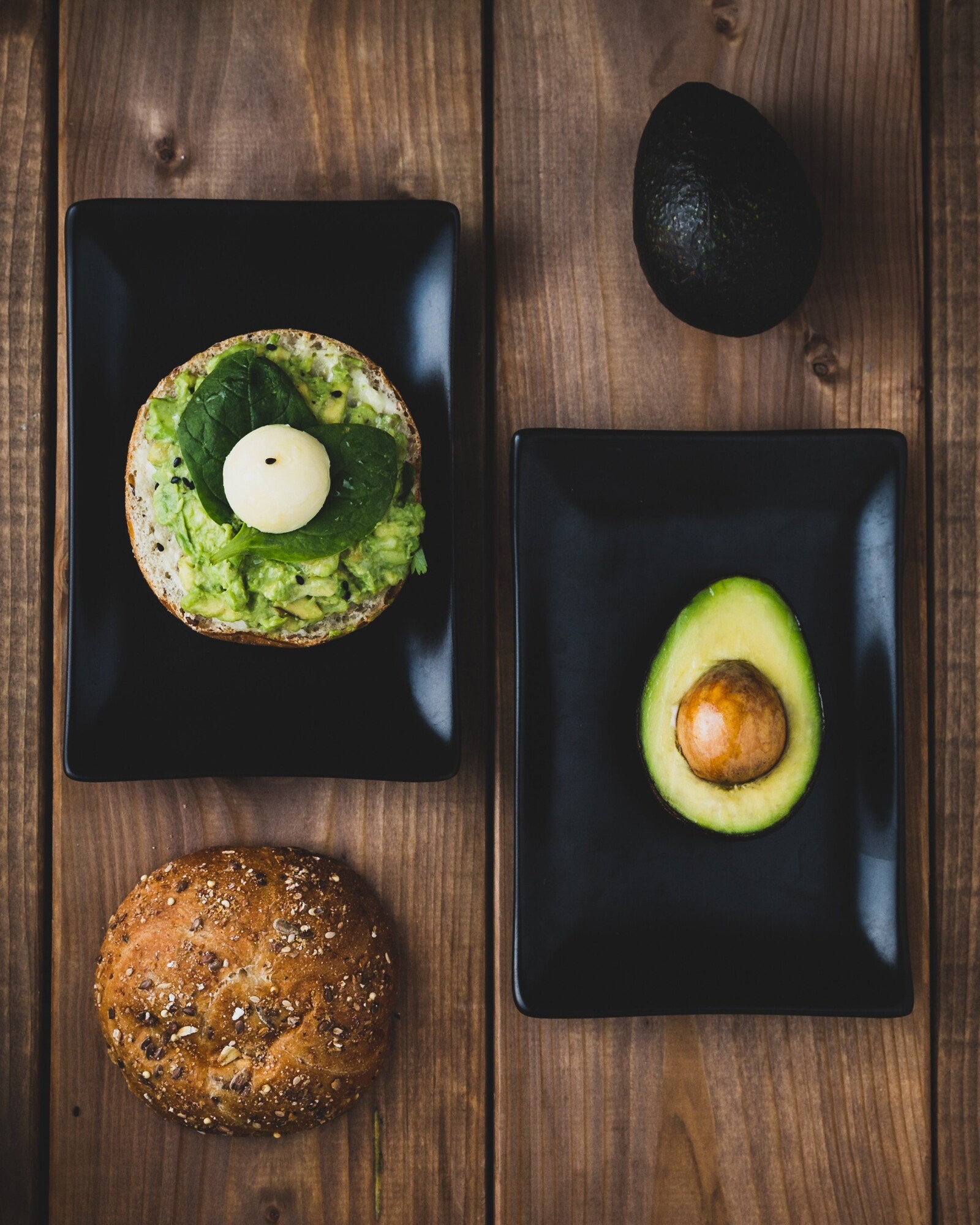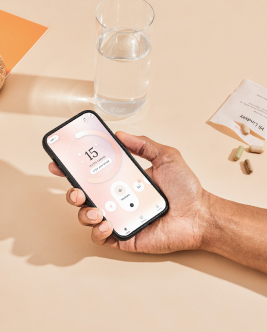nutrition
What Foods Are High in Fiber? (And The Benefits of Eating Them)
On This Page

Your body needs fiber to function properly. But are you getting enough? Read on to learn about some fiber-rich food options.
What is fiber?
Fiber is a carbohydrate that your body can’t digest. While your body breaks down most carbohydrates into sugar molecules (known as glucose), your body can’t do the same with fiber. Thus fiber passes through the body undigested. Fiber is helpful for the body’s regulation of sugars and keeps blood sugar and hunger at normal levels
There are two types of fiber: soluble fiber and insoluble fiber. Soluble fiber dissolves in water and helps decrease glucose levels while maintaining healthy cholesterol levels already within normal range. Insoluble fiber does not dissolve in water, and it can help food move through the digestive system.
Health benefits of fiber
Fiber is indispensable for gut health, serving as food for the gut microbiome. Your gut microbiome consists of trillions of microorganisms – sometimes called microbiota or microbes – consisting of many different species of bacteria, fungi, parasites, and viruses. Fiber helps to ensure that there are good bacteria in your gut, doing their job of breaking down nutrients to be delivered to the rest of your body.
Fiber can also promote short chain fatty acid (SCFA) butyrate production, which can serve as nutrients for the large intestine and colon. Fiber promotes heart health and digestive health, and it also helps support weight management through feelings of satiety.
How much fiber should I have a day?
How much fiber you should take per day depends on a few factors: For women, the recommended amount is about 25 grams per day. For men, the amount is 38 grams per day. In general, you want to try to get 14 grams per 1,000 calories you take in. However, most Americans only get about 15 grams per day. One way to address a fiber deficiency is to boost the amount of fiber-rich foods you’re getting in your diet. (More on that below.) Another way could be to try out fiber supplements.
When boosting your fiber intake, you want to make sure to stay properly hydrated. You should exercise caution with excessive amounts of fiber, since too much fiber can result in some digestive discomfort. Some studies suggest that fiber intake over 70 grams may cause discomfort until the gut microbiome adjusts.
Foods high in fiber
Legumes, nuts, and seeds
Legumes, nuts, and seeds are tasty high-fiber food options. They’re also typically high in protein. Some examples include:
- Split peas, which are a great source of plant protein and contain 8.3 grams of fiber per cup cooked
- Kidney beans. Dark red kidney beans comprise 4.3 grams of fiber per every 100 grams, while light red kidney beans comprise 4.5 grams per every 100 grams
- Pinto beans. Pinto beans include 34.4 grams of fiber per 100 grams
- Chia seeds, which contain 34.4 grams of fiber per 100 grams
- Black beans, which include 4.2 grams of fiber per every 100 grams
- Edamame, which includes 5 grams of fiber per every 100 grams cooked
- Chickpeas, which include 6.3 grams of fiber per every 100 grams cooked. If you make hummus, then that’ll amount to 5.6 grams of fiber per 100g
- Flax, which includes 27.3 grams of fiber per every 100 grams
- Pistachios, which include 10 grams of fiber per every 100 grams
Grains
Grains are another excellent source of fiber, boasting a range of health benefits. Examples include:
- Whole wheat bread, which contains 6 grams of fiber per 100 grams of bread
- Whole wheat flour, which contains 13.1 grams of fiber per 100 grams of flour
- Barley flour, which contains 10 grams of fiber per every 100 grams
- Hulled barley, which contains 17.3 grams of fiber per every 100 grams
Fruits
Fruits are vitally important to any healthy diet, and it’s important to get a good variety. No one fruit alone contains all the nutrients you’ll need. When it comes, fiber, though, some fruits are an especially good source.
Berries are a kind of fruit that can give you a good dose of fiber. Some fiber-rich berries include:
- Goji berries, which, when dried, contain 13 grams of fiber per 100 grams
- Strawberries, which, when raw, contain 2 grams of fiber per 100 grams
- Raspberries, which contain 6.5 grams of fiber per 100 grams
- Blueberries, which contain 2.4 grams of fiber per 100 grams
- Blackberries, which contain 5.3 grams of fiber per 100 grams
Other fiber-rich fruits include:
- Pears, which contain 2.8 grams of fiber per 100 grams
- Apples, which contain 2.1 grams of fiber per 100 grams
- Avocados (Florida), which contain 5.6 grams of fiber per 100 grams
Vegetables
Vegetables, like fruits, are an essential part of any healthy diet. When it comes to fiber, adding vegetables to your diet can go a long way toward boosting your intake and support the related health benefits. Some examples include:
- Brussels sprouts, which contain 3.8 grams of fiber per 100 grams when raw, and 2.6 grams of fiber per 100 grams when boiled
- Artichoke hearts, which contain 1.6 grams of fiber 100 grams
- Celery, which contains 1.6 grams of fiber per 100 grams
Snack options high in fiber
You can also boost your fiber intake through some tasty snacks. Some snack options high in fiber include:
- Dried chickpeas
- Celery and hummus
- Jicama sticks
- Granola
- Lupini beans
- Chia pudding
- Trail mix
Chia and flax
Last but not least, let’s talk about a well-loved combination: chia and flax.
Chia seeds and flax seeds are both rich in fiber (as mentioned above!), and are often paired together – with delicious and healthy results.
Chia and flax support heart health, since they contain two of the most important nutrients for heart health: essential fatty acids and dietary fiber. A review of nine clinical studies found that levels of omega-3 fatty acid – found in chia and flax – are correlated with stronger heart health. Studies also show that chia and flax both promote healthy blood sugar levels. Another study found that eating chia as a mid-morning snack could support weight management, through promoting feelings of satiety.
Care/of offers a 15-serving tub of Chia-Flax supplement. It goes great with protein powder or sprinkled on yogurt!



